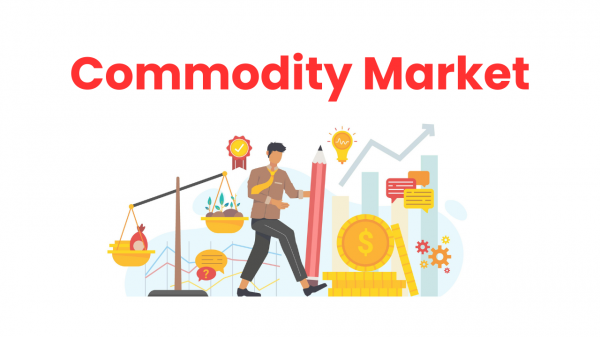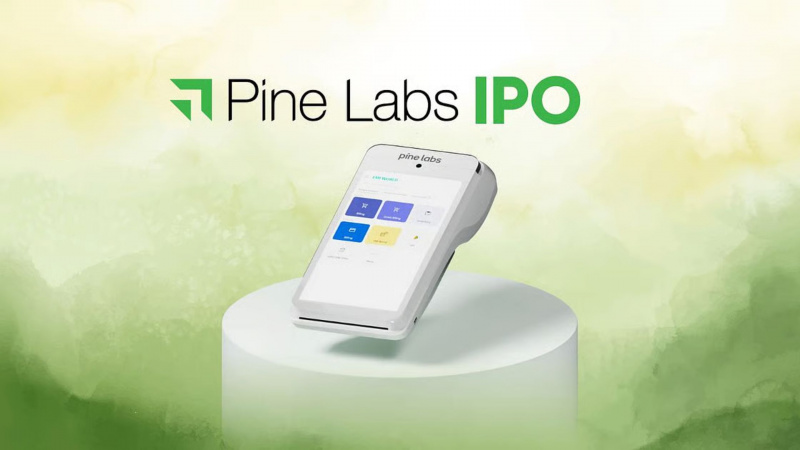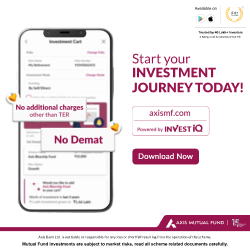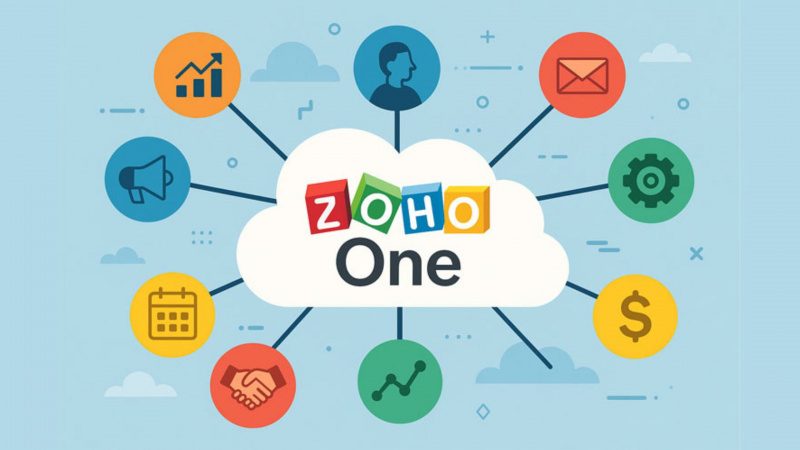The Ultimate Guide to Commodity Trading: Strategies, Risks, and Opportunities
Types of Commodity Markets Commodity trading can occur in two primary markets: Spot Markets Definition: Also known as “cash markets” or “physical m
- by Anmol Chitransh 2025-04-02 07:06:01

What is Commodity Trading?
Commodity trading involves the buying and selling of physical goods or raw materials. These commodities are usually divided into two broad categories:
- Hard Commodities: These include natural resources like crude oil, natural gas, and metals (e.g., gold, silver, copper).
- Soft Commodities: These encompass agricultural products such as wheat, corn, coffee, sugar, and livestock.
Trading takes place on dedicated commodity exchanges where standardized contracts are used to facilitate transactions. In India, more than 20 exchanges facilitate this trade under the regulatory oversight of the Securities and Exchange Board of India (SEBI), following the merger of the Forward Markets Commission with SEBI in 2015.
To participate in commodity trading, investors typically need a demat account, a trading account, and a bank account. While the demat account holds your trade instruments safely, a reliable broker is essential for executing orders on commodity exchanges.
Types of Commodity Markets
Commodity trading can occur in two primary markets:
Spot Markets
- Definition: Also known as “cash markets” or “physical markets,” spot markets involve the immediate exchange of commodities for cash.
- Characteristics: In spot markets, the transaction is settled instantly, and physical delivery of the commodity often occurs within a short period.
Derivatives Markets
- Definition: These markets allow traders to buy and sell contracts based on the future price of a commodity.
- Types of Derivatives:
- Futures Contracts: Standardized agreements to buy or sell a specific quantity of a commodity at a predetermined price on a set future date. Futures contracts are traded on exchanges and are used both for speculation and hedging.
- Forwards Contracts: Customized contracts traded over-the-counter (OTC) where the terms are negotiated directly between parties. Unlike futures, forwards are not standardized.
Understanding the differences between spot and derivatives markets is essential, as each has its unique risk and return profile.
Methods of Investing in Commodities
Investors can gain exposure to commodity markets through various channels:
1. Direct Investment
- Description: Purchasing the physical commodity, such as gold bars or agricultural products.
- Considerations: Requires storage and insurance, and may not be suitable for all investors.
2. Derivative Contracts
- Futures and Options: These allow traders to speculate on commodity prices without taking physical delivery of the asset.
- Leverage: Derivatives provide leverage, meaning a small margin can control a large position, increasing potential returns (and risks).
3. Commodity ETFs
- Exchange-Traded Funds (ETFs): These funds invest in commodities or commodity futures, offering diversified exposure with the convenience of stock trading.
- Benefits: Lower expense ratios and greater liquidity compared to direct commodity investments.
4. Commodity Shares
- Investing in Companies: Buying shares of companies involved in commodity production or trading can indirectly expose investors to commodity market dynamics.
- Diversification: This method helps spread risk across various sectors, such as mining or agriculture.
Advantages of Commodity Trading
Commodity trading offers several benefits that make it an attractive investment option:
Inflation Hedge
- Rationale: When inflation rises, the cost of goods increases. Commodities often appreciate during inflationary periods, helping to offset losses in other asset classes.
- Example: Rising prices in food and energy can boost returns on agricultural commodities and oil.
High Leverage Opportunities
- Leverage: Commodity trading typically requires a lower margin compared to equities, allowing traders to control larger positions with smaller initial investments.
- Risk and Reward: While leverage amplifies gains, it can also magnify losses, so risk management is critical.
Diversification
- Portfolio Balance: Commodities often have low or negative correlations with stocks and bonds. This makes them a useful tool for diversification and risk reduction.
- Economic Cycles: During economic downturns, commodities may perform well even when traditional markets falter.
Transparency and Regulation
- Modern Trading Platforms: Electronic trading systems on commodity exchanges ensure transparent pricing and fair market practices.
- Regulatory Oversight: In countries like India, strict regulatory frameworks help maintain market integrity and investor confidence.
Disadvantages and Risks in Commodity Trading
Despite its many advantages, commodity trading also comes with significant risks:
High Volatility
- Price Fluctuations: Commodity prices can be extremely volatile, influenced by unpredictable factors such as weather conditions, geopolitical events, and supply chain disruptions.
- Risk Exposure: This volatility can lead to rapid gains but also swift and substantial losses.
Leverage Risks
- Amplified Losses: While leverage can enhance profits, it equally increases the risk of losses. Inexperienced traders may find it challenging to manage leveraged positions effectively.
- Margin Calls: A small adverse movement in prices can trigger margin calls, requiring additional funds to maintain positions.
Complexity
- Market Dynamics: The commodity market is influenced by a complex interplay of factors, making it difficult for even seasoned traders to predict price movements accurately.
- Expertise Required: Successful commodity trading often requires deep market knowledge, technical analysis skills, and a strong understanding of global economic indicators.
Limited Diversification
- Sector Concentration: Although commodities can diversify a portfolio, many commodity investment tools focus on a few key sectors, which might not provide sufficient diversification if those sectors underperform.
How to Get Started with Commodity Trading
If you're interested in exploring commodity trading, here are some practical steps to begin your journey:
- Choose a Reputable Broker: Select a broker who is registered with major commodity exchanges and offers robust trading platforms.
- Open Necessary Accounts: Set up a demat account for holding contracts, a trading account for executing trades, and a bank account for financial transactions.
- Conduct Thorough Research: Stay updated on market trends, global economic indicators, and commodity-specific news. Use research tools and analysis platforms to inform your trading decisions.
- Develop a Trading Strategy: Decide whether you want to be a speculator, aiming for short-term gains, or a hedger, looking to protect against price fluctuations. Tailor your strategy to your risk tolerance and financial goals.
- Practice Risk Management: Utilize stop-loss orders, diversify your investments, and avoid over-leveraging your positions. Regularly review your portfolio to manage exposure effectively.
Types of Commodity Traders
Commodity traders generally fall into two categories:
Speculators
- Objective: To profit from short-term price movements in commodity markets.
- Approach: They predict market trends and take positions to benefit from fluctuations, either buying low and selling high or vice versa.
Hedgers
- Objective: To mitigate risk by locking in prices.
- Approach: For instance, a farmer might use futures contracts to secure a price for their produce, thus protecting against potential price declines.
Final Thoughts
Commodity trading offers a fascinating blend of opportunities and challenges. Its potential as an inflation hedge, diversification tool, and high-leverage investment can be attractive, but it also demands meticulous risk management and a solid understanding of market forces. Whether you're considering entering the commodity market as a seasoned investor or a beginner looking to diversify your portfolio, the key is to remain informed and adopt a disciplined strategy.
By leveraging modern trading platforms, staying updated on global events, and managing risks wisely, commodity trading can be a powerful component of your overall investment strategy. Remember, while the market's volatility can lead to significant rewards, it is equally important to be prepared for potential losses.
Embark on your commodity trading journey with a clear strategy, robust research, and the right risk management tools, and you could harness the potential of this dynamic market to achieve impressive returns.
Also Read: Equity Funds vs Debt Funds – Which Investment is Better?
POPULAR POSTS
Best Silver Investment Platforms for 2025: From CFDs to Digital Vaults Explained
by Shan, 2025-10-23 12:22:46
Best Investment Plans in India for 2025: A Complete Guide to Grow and Protect Your Wealth
by Shan, 2025-09-18 10:20:46
Which venture capital firms are the most active in funding Indian startups in 2025
by Shan, 2025-08-06 10:42:11
Top 5 Apps to Buy Digital Gold in India (2025): Safe, Simple & Secure
by Shan, 2025-08-01 10:24:51
10 Highest Dividend Yield Stocks in August 2025
by Shan, 2025-07-28 09:31:02
Exchange-Traded Fund (ETF): A Practical Guide to Smart Investing
by Anmol Chitransh, 2025-04-17 10:18:20
Top 10 Audit Companies in India for 2025: Your Ultimate Guide
by Anmol Chitransh, 2025-03-03 07:20:42
RECENTLY PUBLISHED

Loan EMIs to Drop as RBI Slashes Repo Rate - Full MPC December 2025 Highlights
- by Shan, 2025-12-05 11:49:44

The Agentic Revolution: Why Salesforce Is Betting Its Future on AI Agents
- by Shan, 2025-11-05 10:29:23

Pine Labs IPO 2025: Listing Date, Grey Market Premium, and Expert Outlook
- by Shan, 2025-11-05 09:57:07

Top 10 Insurance Companies in India 2026: Life, Health, and General Insurance Leaders Explained
- by Shan, 2025-10-30 10:06:42

OpenAI Offers ChatGPT Go Free in India: What’s Behind This Big AI Giveaway?
- by Shan, 2025-10-28 12:19:11





 Subscribe now
Subscribe now 